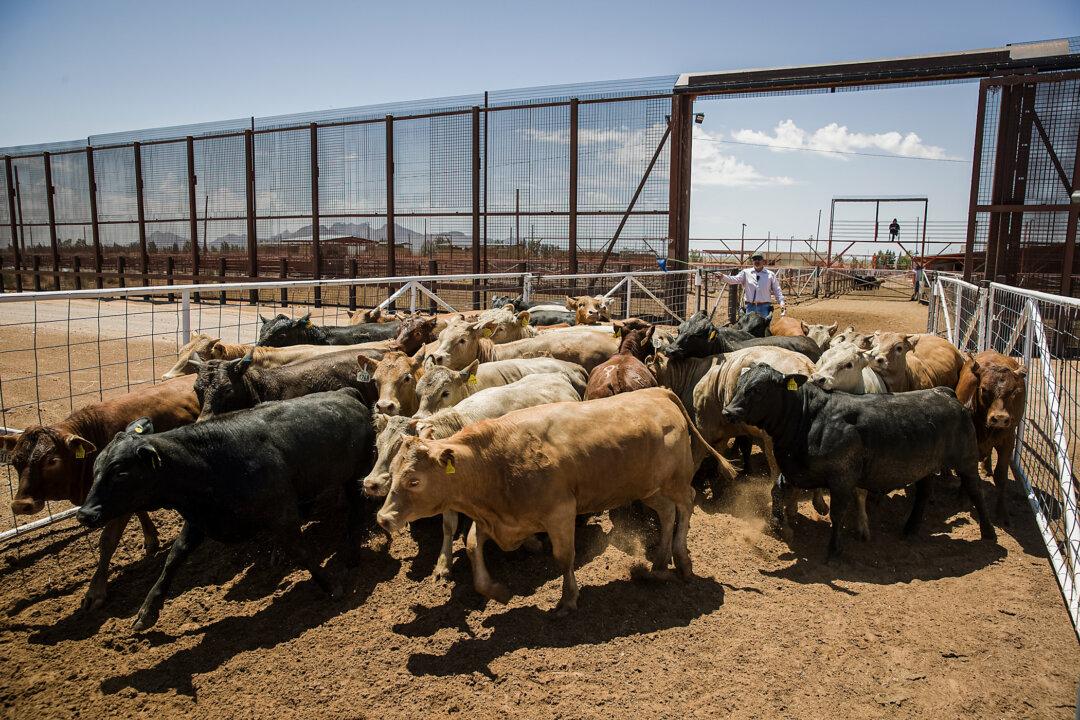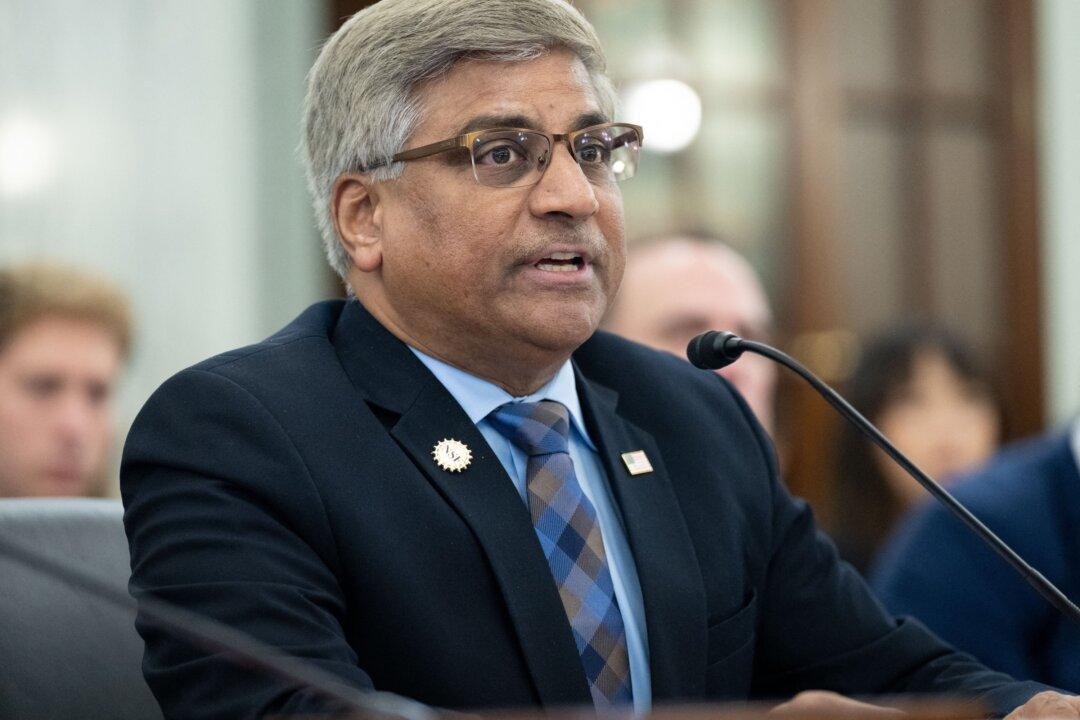Millions of federal student loan borrowers may skip their monthly payments in July while the federal government recalculates their bills.
In August, the U.S. Department of Education rolled out the SAVE Plan, an income-driven repayment (IDR) plan aimed at making payments more affordable for low-income borrowers with a shorter timeline toward the eventual discharge of their remaining balances.
The Education Department already started implementing some of SAVE’s “most generous” offers ahead of schedule, including debt cancellation for borrowers who originally took out $12,000 or less in loans and have made at least 10 years of monthly payments. It also brought 4.6 million borrowers’ monthly payments down to as low as $0.
Starting July 1, a new repayment formula for borrowers enrolled in the SAVE Plan will go into effect. This formula update allows borrowers with undergraduate loans to have their monthly payments capped at 5 percent of their discretionary income, which is down from the current 10 percent limit.
The change means that borrowers with only undergraduate loans will get their monthly bills slashed by half. Borrowers who have graduate school loans will also see a reduction to their payments if they have undergraduate loans as well, and the amount of the reduction will depend on the proportion of their graduate and undergraduate student loan debt.
To make sure loan servicers have enough time to make the recalculations, the Education Department has placed all borrowers who will be affected by the new formula on an “administrative forbearance.”
“As the Department finalizes preparations with student loan servicers to implement borrowers’ new, lower monthly payments capped at 5 percent for undergraduate loans under the SAVE Plan, some borrowers may be placed in a brief processing forbearance to ensure they can access the full benefits of the SAVE Plan and that their new payment amounts are accurate,” a spokesperson for the Department told The Epoch Times in an emailed statement.
Since borrowers typically get their bills a few weeks before the due date, this one-month forbearance period will help prevent borrowers from making a larger payment than necessary before the federal government determines a new, lower amount.
During the July forbearance, no payment will be required and no interest will accrue, the spokesperson said. This period will still count toward student loan forgiveness for other IDR plans and Public Service Loan Forgiveness (PSLF), which forgives remaining student loan debt owed by public sector employees after 10 years of payments and working in those fields.
Borrowers on the SAVE Plan who already have $0 monthly payments will not be placed into the processing forbearance.
While the Biden administration continues to implement provisions of SAVE, the plan is facing two challenges in court.
In March, a coalition of 11 Republican-led states sued to block SAVE, claiming that the repayment program represents just another version of the large-scale debt cancellation initiative the U.S. Supreme Court struck down in 2023.
The Education Department has maintained that its efforts to provide debt cancellations to “as many borrowers as possible as quickly as possible” are well within its authority. The agency is also in the process of implementing another wide-ranging student debt discharge plan to replace the one the Supreme Court struck down.
The new plan, popularly called Plan B, is estimated to cost $147 billion over 10 years.
If implemented, according to the White House, Plan B will fully eliminate accrued interest for 23 million borrowers, cancel the full amount of student debt for more than 4 million borrowers, and provide more than 10 million borrowers with at least $5,000 in debt relief or more.







